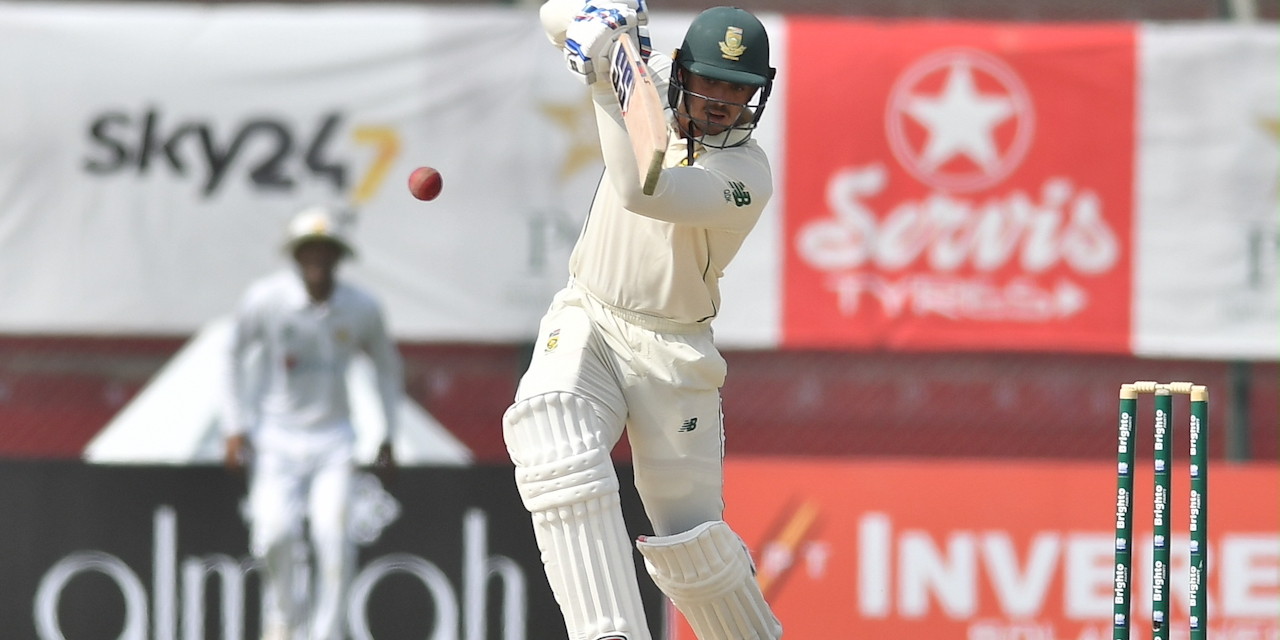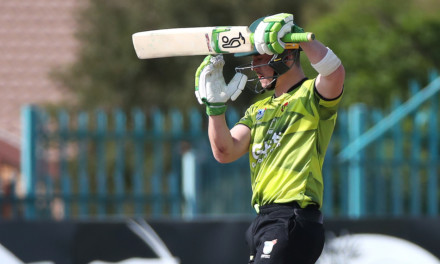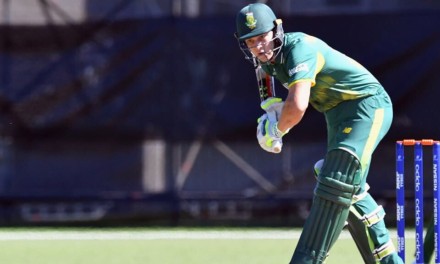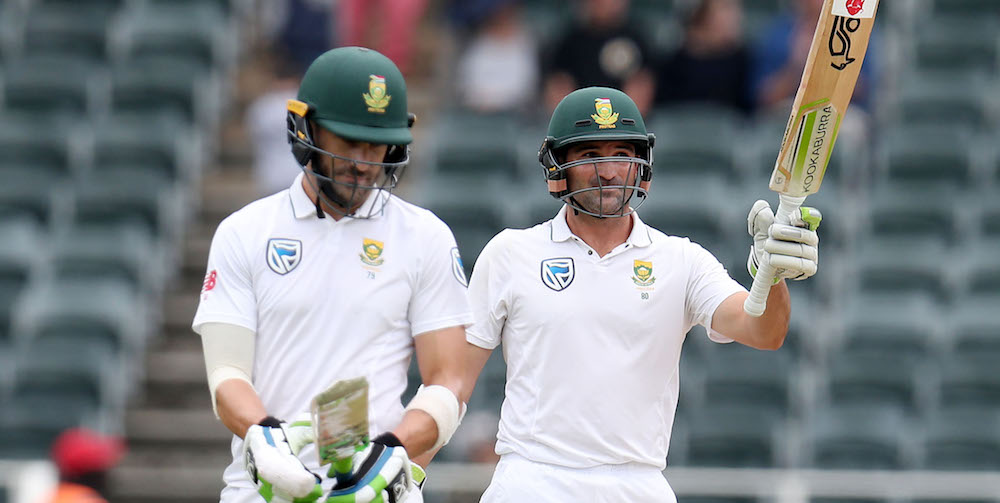The lessons learnt far outnumber the positives following the Proteas’ seven-wicket defeat against Pakistan in Karachi, writes Marc Jacobson.
The Proteas weren’t able to adapt sufficiently to the sub-continent conditions and had, as a result, succumbed to Pakistan’s tricky bowling attack.
It is now the ideal time to reflect back on some of the defining moments that determined the outcome of the first Test match of the tour.
The Proteas couldn’t adapt
The Proteas hadn’t toured Pakistan in 14 years prior to the Test and their rustiness and uncertainty around how to handle the conditions were very much prevalent.
SA brought a relatively inexperienced side, particularly in international cricket and furthermore, in sub-continent conditions. This was simply due to the fact that the side is in a rebuilding phase, so one can expect some hiccups in their quest to harness success.
The opening day set the tone of the difficulty of the wicket and it was turning drastically. A whopping 14 wickets fell on the first day, 10 of South Africa’s and four of Pakistan’s.
The hosts limped to 33-4 at the close-of-play and many critics believed they were worse off in their chase of SA’s total of 220.
After assessing the conditions and playing to their strengths, however, Pakistan gained the ascendency from day two and surpassed the Proteas’ score by 158 runs, thanks to solid knocks from Fawad Alam (109), Azhar Ali (51), Faheem Ashraf (64) and even their tail-enders, Nauman Ali (24) and Yasir Shah (38 not out).
Pakistan were always going to win after that and although the Proteas showed some fight through an encouraging 127-run partnership between Rassie van der Dussen (64) and Aiden Markram (74), the rest of the order took some punishment from the host’s composure and tenacity with the ball.
After Van der Dussen’s wicket fell, the Proteas were decently placed on 175-2, before crumbling to 245 all out – essentially being restricted to 70-8 for the remainder of the innings.
Again, inexperience probably got the better of the team and their inability to adjust their approach to Pakistan’s spin on a turning pitch was startling.
Spinners Shah and Nauman Ali had a ball, taking nine of SA’s 10 wickets, with the latter enjoying a five-wicket haul.
Shah took three wickets in the first innings, with Ali claiming two, which doesn’t bode well for the Proteas ahead of the second Test.
Pakistan had to chase just 88 for victory in the second innings and they achieved that without much bother. Thanks to his batting exploits, Alam earned the Man-of-the-Match accolade.

SA’s ‘defensive shots’ weren’t very defensive
In the second innings, the Proteas batters were quite clearly bamboozled by Pakistan’s spinners, to such an extent that they resorted to defensive shots most of the time in order to play safe and just survive.
It had the opposite effect, however, as the spinners thrived on their lack of confidence. This surge caused many of the batters to play hard defensive shots at the spinners, causing them to edge the ball to silly or miss it and get out by LBW.
The key for them was to play with soft hands, pick their lengths better and kill the spin while the balls were still in flight.
SA’s reliant batters, in the form of Markram, Van der Dussen, Faf du Plessis (10), Quinton de Kock (2) and Temba Bavuma (40), all fell victims to this onslaught.
Those aforementioned specialists are expected to rather frustrate the bowlers by forcing them to bowl in different channels, while playing effective defensive shots and padding them off.
A different game-plan is needed against Shah and Ali ahead of the second Test, and perhaps more sweep shots for variation can help their cause.
It is obviously easier said than done and it should come more naturally with experience.
The Quinton de Kock factor needs to be addressed
De Kock was a lone scorer in 2019 in all formats when the Proteas struggled in all facets of the game. Since Du Plessis stepped down from his captaincy role and De Kock took over, the latter hasn’t been the same player we always knew him to be.
He showed some form after the lockdown in the IPL, where leadership wasn’t a factor for him, but for the Proteas he has continuously struggled in recent times.
In his last four Test innings since Decembe,r the 28-year-old has scored 18, 10, 15 and 2 respectively, an average of just 11.25.
During the T20 series against England in late November, he also flattered to deceive, amassing scores of 30, 30 and 17 in a losing cause, averaging a below-par 25.67.
As captain, De Kock last played an ODI against Australia in March last year where the Proteas enjoyed some much-needed glory. Earlier that month, they played a three-match ODI series against England where the series was tied.
De Kock’s form was better in those games, scoring a total of 228 in six innings at a decent average of 38.00. Post-lockdown, however, he hasn’t been the same and he looks to be too much out of his comfort zone.
Some discussions need to be had about his dwindling form and depleted appetite to lead the national side. Either he needs to be dropped so that he can be afforded the chance to regroup or the captaincy role needs to be shifted to someone else.
There is no doubt that the Proteas need the De Kock of old to be firing within their ranks.
Photo: PCB
WE ARE 100% BOOTSTRAPPED. BECOME A PATRON AND JOIN US ON THIS JOURNEY.











